Crea Digital Day 2017
The 8th edition of the Crea Digital Day took place yesterday at Unimail Geneva. From 8:30 to 17pm, 13 conferences [...]
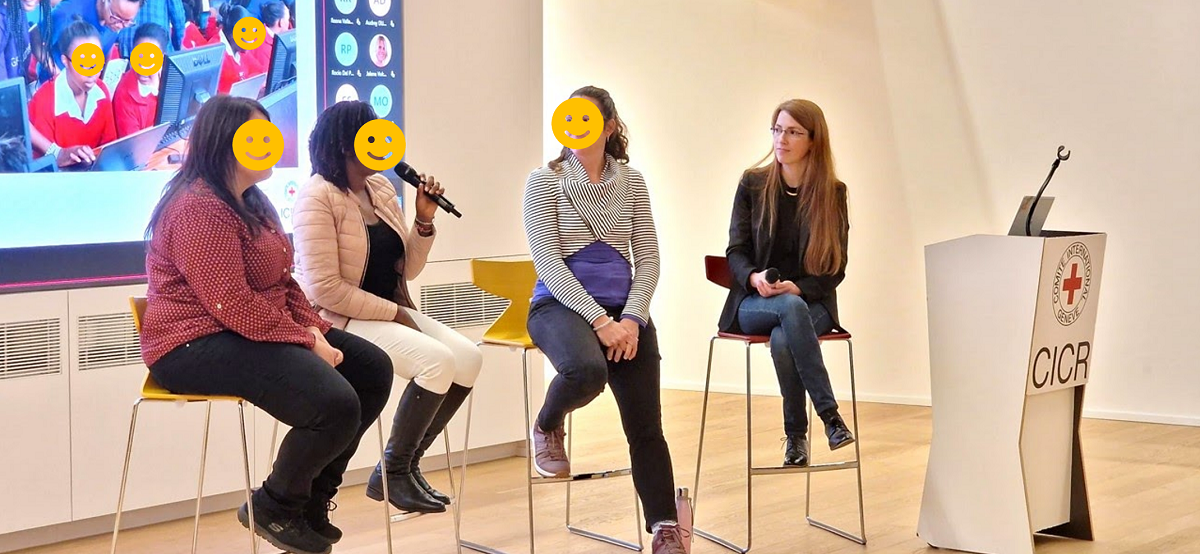
User Experience design is an interesting mix between many work areas, including cognitive psychology, marketing, graphic design, coding and many more. Among those roots that still inspire me on an everyday basis as a UX, I wanted to focus today on my early days passion for journalism and what it brings to my practice as a consultant.
When I was about 12 years old, I had a very clear idea of what I wanted to do later (and I still do, event if it’s evolved a bit): I wanted to be a journalist, a French teacher (French being my native language) or a writer. Today I am quite proud to say I have given each of these dreams a good shot, more or less successfully. I started being a local correspondent for a newspaper around 16 years old, covering weddings, ceremonies, sports competitions and any local topic that I found interesting.
Later, I combined my passion for journalism with my more recent discoveries around digital technologies, and I was lucky to be one of the first multimedia journalists at Agence France Presse in London. (It was a training period, it taught me so much, and I am so very proud of this experience.)
Today this website and my conferences are my remaining activities closest to journalism, but I still live this passion through my job as a UX Designer, and here is why and how.
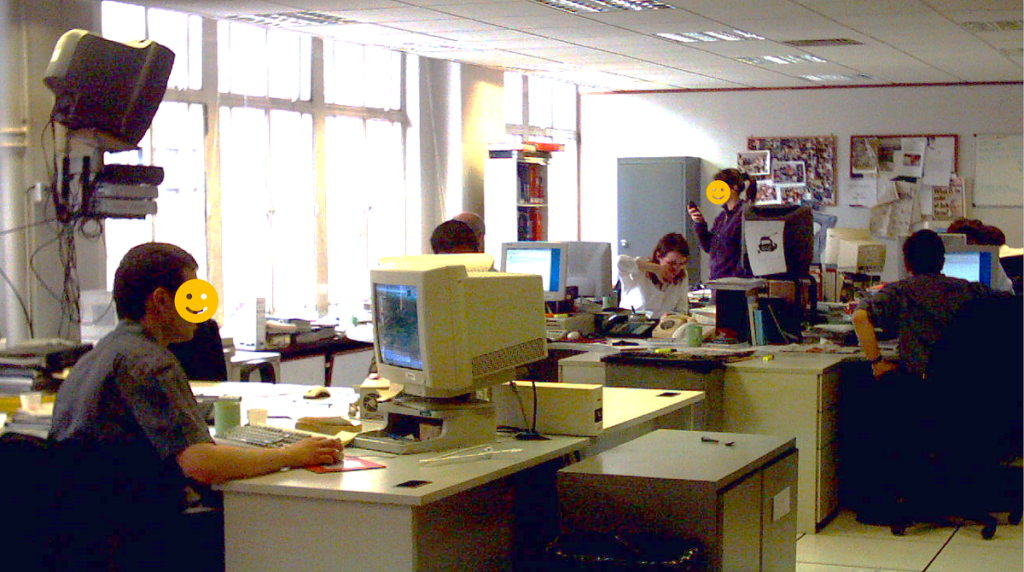
My desk as a multimedia journalist trainee at AFP (London, 2003)
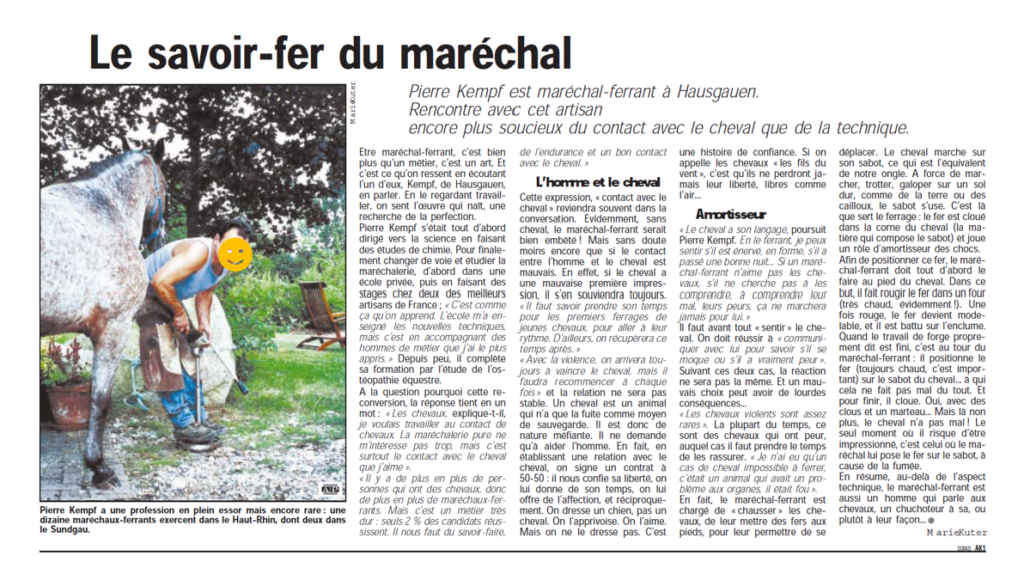
My article for L’Alsace / Le Pays « Le savoir-fer du maréchal » (Mulhouse, 1998)
I have learned a lot during my experiences in journalism, and I still use these skills in my everyday practice as a UX consultant. Here are the top 5 strenths journalism is helping me with:
⬇️ Let’s dive a bit deeper into these!
Being a journalist is all about meeting people and understanding their thoughts and opinion on a topic. It requires top interviewing skills. People you engage with need to feel safe in order to go beyond the easy and obvious statements. It takes empathy and natural curiosity to really engage in the conversation and get to the interesting, less obvious stuff.
My process during user interviews or user tests still relies heavily on my experience as a journalist, and includes:
With the power to create insightful conversations and encouraging people to tell you stuff that matters to them also comes the responsibility to represent and protect them. Whatever my opinion as a journalist or a UX, it’s my role to find the best way to tell their story truthfully. In that sense, I realized I follow more and more the « do no harm » principle at the core of the humanitarian activity.
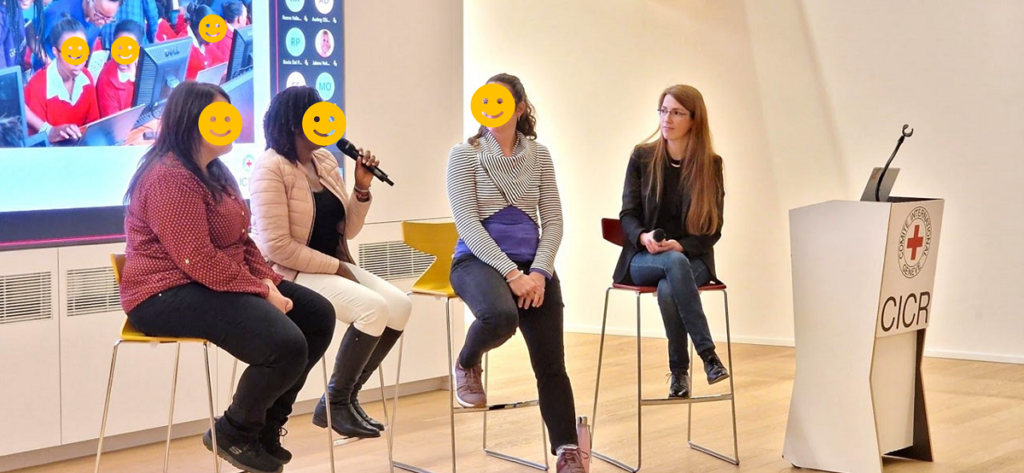
Me as the facilitator to a Women in Tech panel (Geneva, 2023)
Beyond being good with words, journalism is about being able to present an information in a clearly understandable and engaging way. During journalism school, we practice document synthesis a lot: reading heavy documentation in a limited time, being able to quickly underline what’s important, filter, group data and present it in a given number of characters or lines.
During the Empathize phase in the Design Thinking process (this is the 1st step), we broaden our horizons and try to collect as many useful insights as possible, to support the following definition and ideation phases.
Today as a UX, here are the key steps in my research that are inspired by journalism:
One of the worst thing that can happen as a journalist is going back to your desk and realizing you did not collect enough useful material for your article. This includes identifying a debate but not having both sides of the story, missing quotations or references. To go beyond the obvious, you need to make it a habit to identify the hard questions and ask them!
It only works if you have created a safe space for the conversation beforehand (see « Getting people to tell you the interesting stuff » above):
To go beyond the obvious, you need to make it a habit to identify the hard questions and ask them!
People usually see journalists as good writers, thinking long before selecting one choice of words. Actually, it can be quite frustrating to realize it’s rather the opposite: go beyond style and poetry and focus on conveying a message as quickly and efficiently as possible.
Many of writing rules applying to journalism also apply to writing for the digital technologies:
I started studying new technologies and multimedia because I thought it was going to disrupt information and communication. It did, and it still does! Digital offers many great opportunities to transform and present data, including:
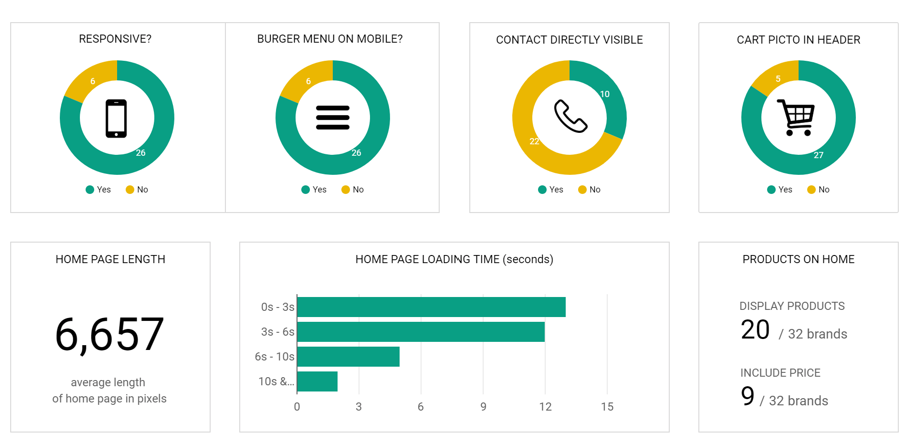
An interactive data visualization dashboard with Google Data Studio
I am lucky and grateful for everything my journalism passion as a young girl has given me, still inspiring me in my UX practice daily. I think journalism is one of these super interesting backgrounds that make the UX world so rich today, and I think the present trend and need for UX Writing is a great opoprtunity for designers to also extend their expertise to words.
To conclude on my personal story with journalism, I discovered multimedia at school, and thought the possibilities for communication were so inspiring and endless that I finally specialized in communication and marketing, both also being strong pillars for UX today: a topic for a next article!
